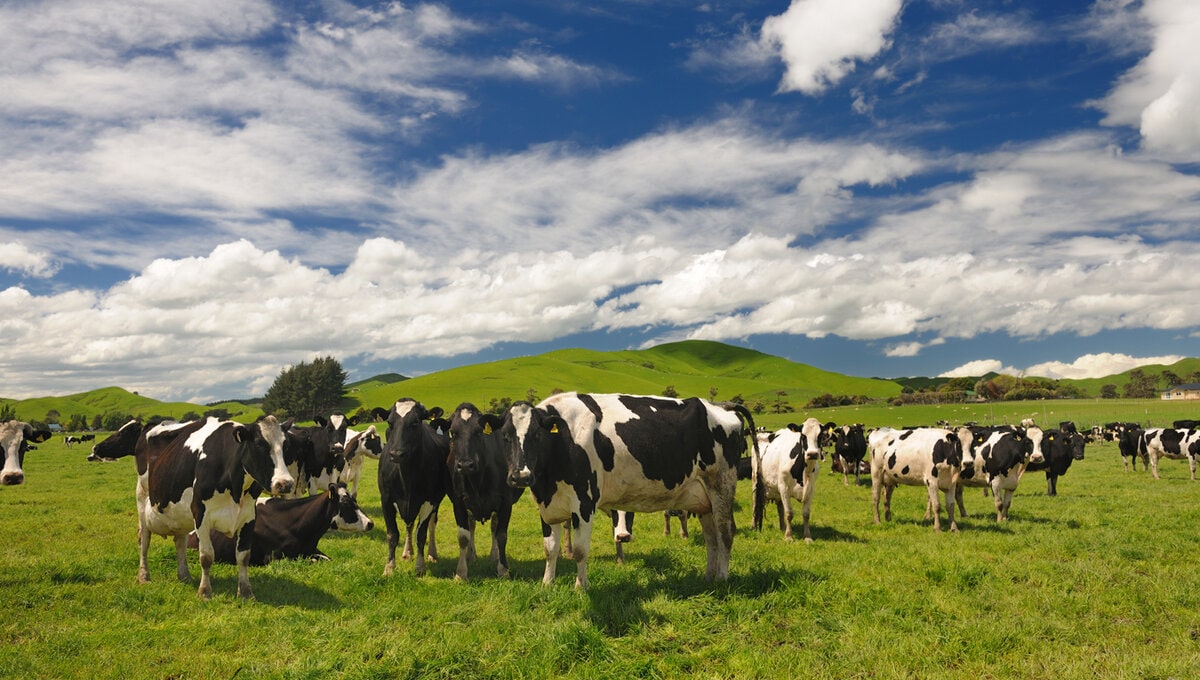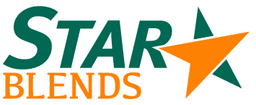Just because two animals belong to the same species, it doesn’t mean they’re fit to perform the same tasks. After all, you wouldn’t take a Yorkie on a hunting trip, would you? The same goes for cattle.
To the average person driving by, a cow is a cow. But those working on a farm or ranch know that dairy cattle and beef cattle are far from the same. Learn the key differences between dairy and beef cows, including what to feed them for optimal productivity.
What Cows Are Used for Milk?
Dairy cows are always female and selected for their milk production capabilities. Common dairy cattle breeds include Holstein, Jersey, Brown Swiss, Guernsey, Ayrshire, and Milking Shorthorn. While the breed may differ, dairy cows normally have larger udders, thin bodies, narrower legs, and longer necks.
Can You Eat a Dairy Cow?
In short, yes, dairy cows can be used for meat. However, they put their energy toward producing milk instead of producing fat and muscle like beef cattle. They don’t have the quality meat on their bones you’d expect from a good cut like ribeye or sirloin.
Dairy cows aren’t raised with the sole purpose of producing meat, but they can’t keep calving and milking forever. Once a dairy cow is retired, it may be sent to slaughter and used for cheap ground beef.
Dairy Cow Feed
Dairy cattle feed has three main ingredients: grass/forage, concentrates, and vitamins and minerals.
Grass
When determining what to feed a milk cow, quality forage will be the foundation. Your feed should start with a base of grass, which is where your cattle will get a good amount of their crude protein. A cow needs 1 pound of crude protein to produce 10 pounds of milk. The grass can come in the form of silage, hay, or pasture grasses.
Concentrates
Grass is not enough to meet a dairy cow’s nutritional needs, though. Concentrates are another source of crude protein or energy to include in your feed. Some examples of concentrates you can add include cereal grains, brewing byproducts, corn gluten meal (great source of protein), and soybean meal.
Vitamins & Minerals
In addition to grasses and grains, your dairy cattle will need the proper vitamins and minerals to support high milk yields. Sodium, calcium, phosphorus, magnesium, and potassium are some minerals and vitamins to focus on when making or choosing cattle feed.
Dietary needs will vary depending on their stage, like lactation or dry periods. Working closely with a nutritionist and partnering with a custom feed manufacturer like Star Blends can help ensure your herd has the nutrition they need, no matter what stage they are in.
What Cows Are Used for Meat?
Beef cattle can be either male or female and are selected based on their ability to gain fat and muscle. They have stockier, muscular builds and can withstand harsh conditions. Common beef cattle breeds include Angus, Hereford, Holstein (when not used for dairy production), Braham, and Simmental.
These cattle produce more quality meat, like steaks, roasts, and high-quality ground beef. Other parts of the animal (bones, hide, fat, etc.) can be used to create byproducts like broths, leather, gelatin, pet food, and more.
Do Beef Cows Produce Milk?
Unlike dairy cows, beef cows put their energy toward building muscle and fat instead of milk. Beef cows still technically produce milk but only make enough to feed their calves. They produce about 1 or 2 gallons a day, far below the average 6 to 7 gallons produced by dairy cows.
Beef Cattle Feed
What do you feed a beef cow? Similar to dairy cows, beef cattle feed is based on grass and concentrates. However, beef cattle usually eat more grass than their dairy counterparts. Beef cattle also tend to primarily be on pasture due to their high grass diets and the fact their stockier builds can withstand outdoor conditions.
Beef rations usually consist of forage or pasture, concentrates (corn, barley, wheat), and protein sources (soybean meal, canola meal, alfalfa). The ratio of grass to concentrates varies depending on frame size. If you have larger cattle, you may need to decrease the grass while increasing the concentrates.
You also need to consider the stage and type of cattle you have. Feed will differ for calving cows, weaned calves, replacement cattle, and grower and finisher cattle. A professional nutritionist can help you determine the appropriate feed profile needed for your beef cattle at different stages and sizes, and the Star Blends team can formulate a custom feed to meet the nutritional needs.
Beef or Dairy, Get the Right Nutrition with Start Blends
Whether you’re a dairy farmer striving for optimal milk production or a beef cattle producer focused on high-quality meat, Star Blends can create a custom feed designed to meet the specific needs of your herd. We believe every cow deserves a customized nutrition plan, regardless of its purpose. Contact us today to get started.



